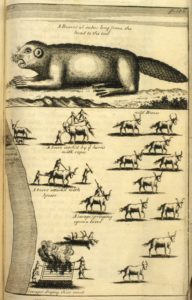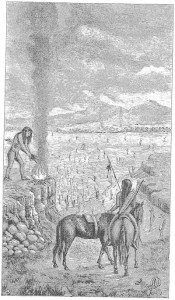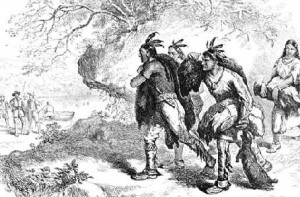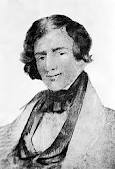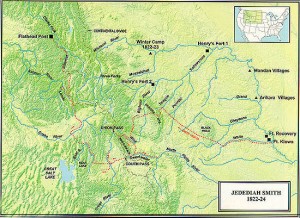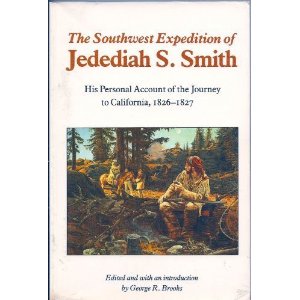Though mountain men like Jedediah Smith (see last post) brought their prejudices and world-views with them, they also rejected much of civilized society’s mores and were comfortable interacting with whatever or whomever they found on their journeys. Mountain men were disposed to go along in peace with native peoples if they could, so often they had a chance to make observations that later whites could not. Smith wrote about the “Pa-utch and Sam-pach” tribes and their preparation of a strange root about the size of a parsnip. “They prepare them by laying them on heated Stones and covering them first with grass and then with earth where they remain until they are sufficiently steamed,” Smith wrote. The roots were then mashed and made into cakes.
Smith was impressed by a method of communication he observed among an Indian group he did not name. “Each family or set of families has a quantity of dry Sedge Bark and Brush piled up near the habitation and immediately on the approach of a Stranger they set fire to the pile and this being seen by their neighbor he does the same . . . so that the alarm flies over the hills in every direction with the greatest rapidity.”
When travelers like Smith merely wrote down what they observed, they provided good records of early Native American customs. When they slipped into judgment and comparisons with white culture, however, their observations become more suspect and may not tell the whole story.
______________________________________________________________________________________
